Apple has a number of devices for both work and entertainment. In 2007, Apple released its own set-top box, serving not only as a multimedia center. In today's article, we recall how the Apple company got iTunes into users' living rooms.
When reality lags behind the idea
The idea of Apple TV was great. Apple wanted to provide users with a powerful, feature-packed multimedia center, providing a vast and endless stream of possibilities, entertainment and information. Unfortunately, the first Apple TV did not become a "killer device" and the Apple company essentially wasted its unique opportunity. The device lacked some key features and its initial reception was very lukewarm.
On solid foundations
The development of Apple TV was actually quite a logical step on the part of the apple company. With the iPod and the iTunes Music Store, Apple bravely and very successfully ventured into the waters of the music industry. The co-founder of Apple, Steve Jobs, had numerous contacts in Hollywood and got a taste of the film industry already during his successful tenure at Pixar. It was basically just a matter of time before Apple merged the worlds of technology and entertainment.
It could be interest you
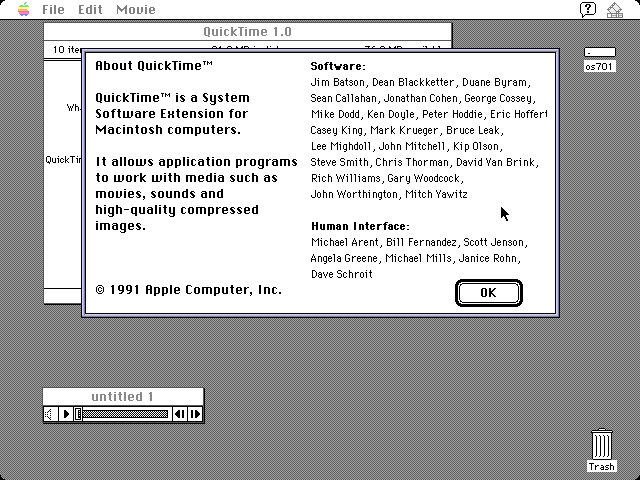
Apple has never been a stranger to multimedia and experimentation with it. Back in the 520s and early XNUMXs—the "Steve-less" era—the company was hard at work developing software for playing videos on personal computers. In the mid-nineties, there was even an attempt – unfortunately unsuccessful – to release its own television. The Macintosh TV was a kind of "cross" between the Mac Performa XNUMX and the Sony Triniton TV with a screen of XNUMX inches diagonal. It was not met with enthusiastic reception, but Apple was not going to give up.
From trailers to Apple TV
After Jobs' return, the apple company started operations website with movie trailers. The site has been a massive success. Trailers for new movies such as Spider-Man, Lord of the Rings or the second episode of Star Wars have been downloaded by millions of users worldwide. This was followed by the launch of sales of shows through the iTunes service. The path for the arrival of the Apple TV was thus seemingly paved and prepared.
In the case of Apple TV, the apple company decided to break its strict rules regarding the maximum secrecy of all upcoming devices, and demonstrated the Apple TV concept in the development process as early as September 12, 2006. However, the arrival of Apple TV was greatly overshadowed the following year by the enthusiasm for the first iPhone .
https://www.youtube.com/watch?v=ualWxQSAN3c
The first generation of Apple TV could be called anything but - especially compared to the aforementioned iPhone - not a revolutionary Apple product. A computer was needed to stream the content to the TV screen – owners of the first Apple TVs could not order their movies directly through the device, but had to download the desired content to their Mac and drag it to the Apple TV. In addition, the first reviews mentioned a lot about the surprisingly low quality of the content played.
When there is something to improve
Apple has always been famous for its perfectionism and pursuit of perfection. With her own verve, she began working hard to improve the Apple TV interface after the initial failure. On January 15, 2008, Apple released a major software update that finally turned a device with so much potential into a standalone, self-contained accessory.
Apple TV is finally no longer tied to a computer with iTunes and the need to stream and sync. The update also allowed users to use their iPhone, iPod or iPad as a remote control for Apple TV and thus take full advantage of the famously perfect interconnection of the Apple ecosystem. Each subsequent update meant even more progress and improvements for Apple TV.
We can look at the first generation of Apple TV either as an isolated failure of the Apple company, or, on the contrary, as a demonstration that Apple can solve its mistakes relatively quickly, promptly and efficiently. The first generation, which Forbes magazine did not hesitate to call the "iFlop" (iFailure), is now almost forgotten, and Apple TV has become a popular multi-purpose multimedia device with a promising future.


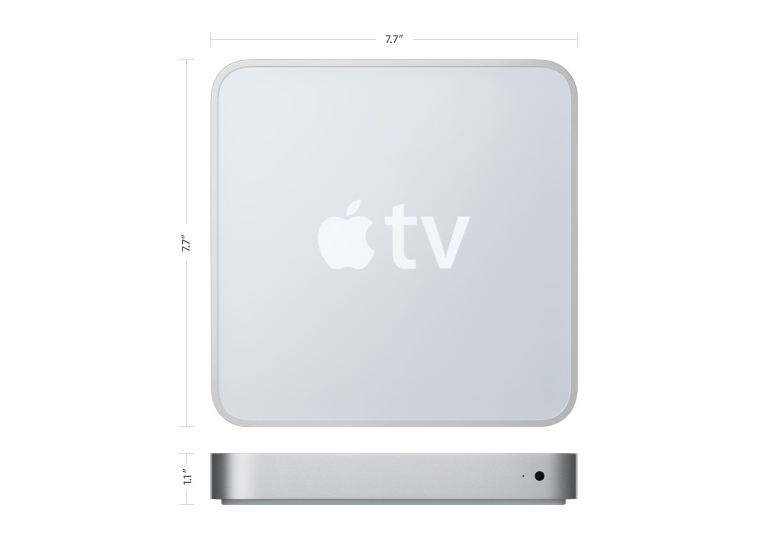
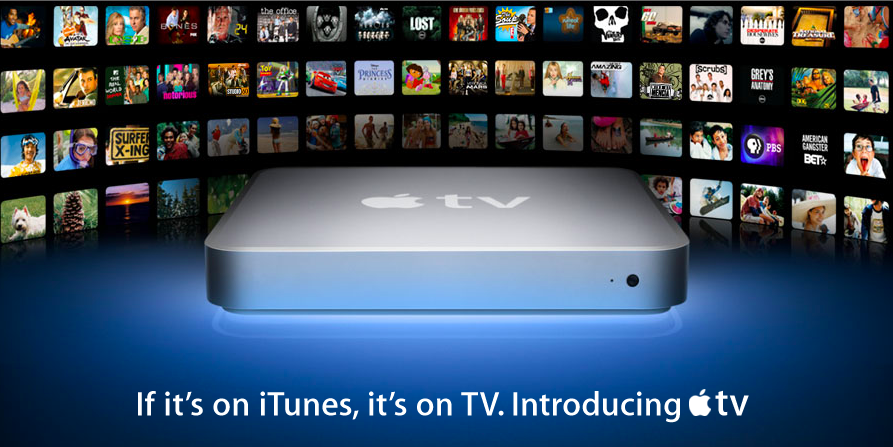
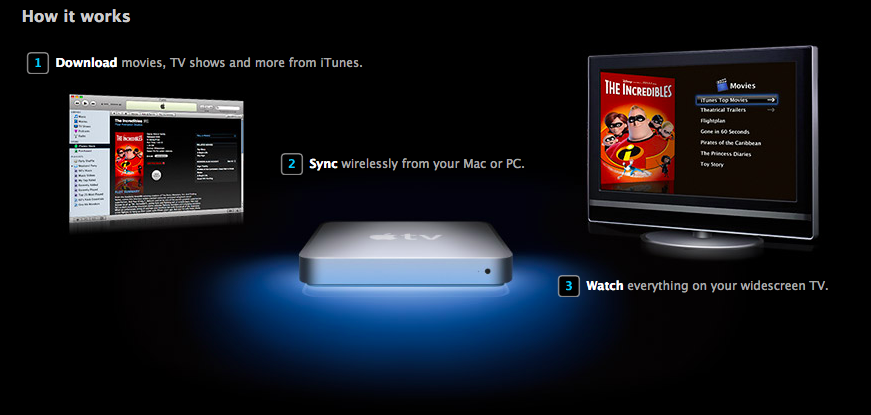
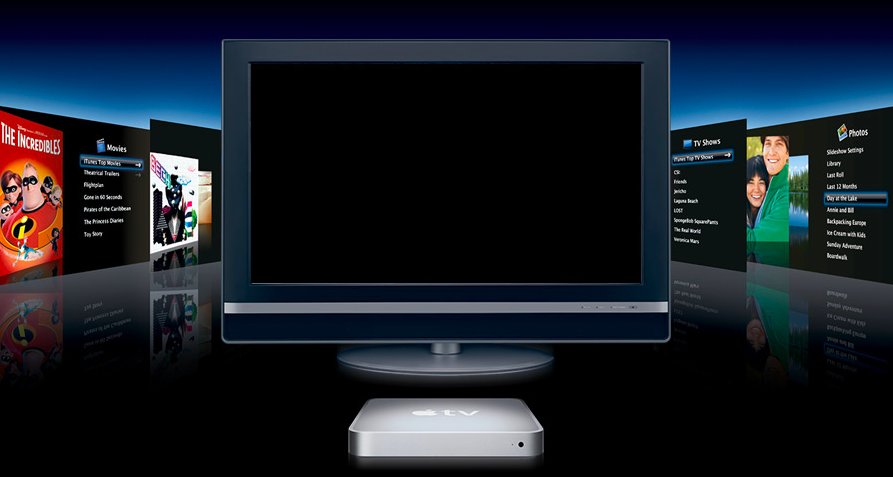
I don't know, but I was extremely satisfied with the Apple TV at the time. It had its own disk and data was recorded on it by synchronization in exactly the same way as on an iPod or iPhone. I really don't know what the failure is. The family could look at thousands of photos from family albums on a large TV without needing anything else, just a remote control.
She was terribly hot. Plasma TV and AppleTV and I didn't have to turn on the heating.
On the other hand, it had optical audio, which today's AppleTV4K does not have.
isn't Apple TV a thing of the past?